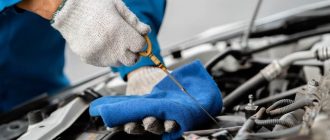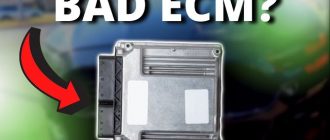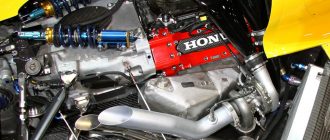## **How to Break in a New Car’s Engine**
**Introduction**
Breaking in a new car’s engine is an essential step in ensuring its longevity and performance. By following the manufacturer’s guidelines and adhering to certain driving practices, you can help your engine achieve its full potential. This guide will provide a comprehensive overview of the break-in process, including tips and troubleshooting advice.
**Understanding the Break-In Process**
During the break-in period, the engine’s components are still wearing in and adjusting to each other. This involves the formation of a smooth surface on the cylinder walls, piston rings, and other moving parts. The initial period of cautious driving allows these surfaces to mate properly, minimizing friction and reducing the risk of excessive wear.
**Manufacturer’s Guidelines**
Most manufacturers provide specific break-in instructions in the vehicle’s owner’s manual. These guidelines may vary slightly, but generally include the following:
– **Avoid excessive engine speeds:** Limit your RPMs to around 3,000 rpm or as specified by the manufacturer.
– **Vary your driving conditions:** Alternate between city and highway driving, and avoid prolonged periods of idling or cruising at a constant speed.
– **Avoid towing or heavy loads:** Don’t overload your vehicle or tow heavy trailers during the break-in period.
– **Change the oil and filter:** Follow the recommended oil change interval, usually around 5,000 to 7,000 miles.
**Break-In Driving Practices**
In addition to following the manufacturer’s guidelines, consider these additional driving practices to optimize the break-in process:
– **Start gradually:** Avoid revving the engine excessively or driving at high speeds during the first few hundred miles.
– **Use engine braking:** Engage the gears to slow down instead of relying solely on the brakes. This helps create backpressure and promotes proper ring seating.
– **Avoid driving at a constant speed:** Vary your driving speed by accelerating and decelerating within the recommended RPM range.
– **Don’t be afraid to accelerate:** Occasional bursts of moderate acceleration (up to 70% throttle) are beneficial for the engine, helping to seat the rings and improve lubrication.
**Avoid These Mistakes**
To ensure a successful break-in, avoid these common mistakes:
– **Excessive engine idling:** Idling for extended periods can lead to carbon buildup and excessive cylinder wear.
– **Over-revving the engine:** Pushing the engine beyond the recommended RPMs can cause damage to the pistons, rings, and other components.
– **Towing or overloading the vehicle:** Exceeding the vehicle’s towing or load capacity puts additional strain on the engine, compromising its durability.
– **Ignoring oil changes:** Failure to change the oil at the specified intervals can lead to poor lubrication and premature wear.
**Troubleshooting Break-In Issues**
If you experience any unusual symptoms during the break-in period, such as excessive noise or vibration, consult your mechanic immediately. They can diagnose the problem and determine if further action is necessary.
**Conclusion**
Breaking in a new car’s engine is a crucial step in ensuring its long-term performance and reliability. By following the manufacturer’s guidelines, adhering to recommended driving practices, and avoiding common mistakes, you can help your engine achieve its full potential. Remember to consult your mechanic if you experience any unusual symptoms during the break-in period.




